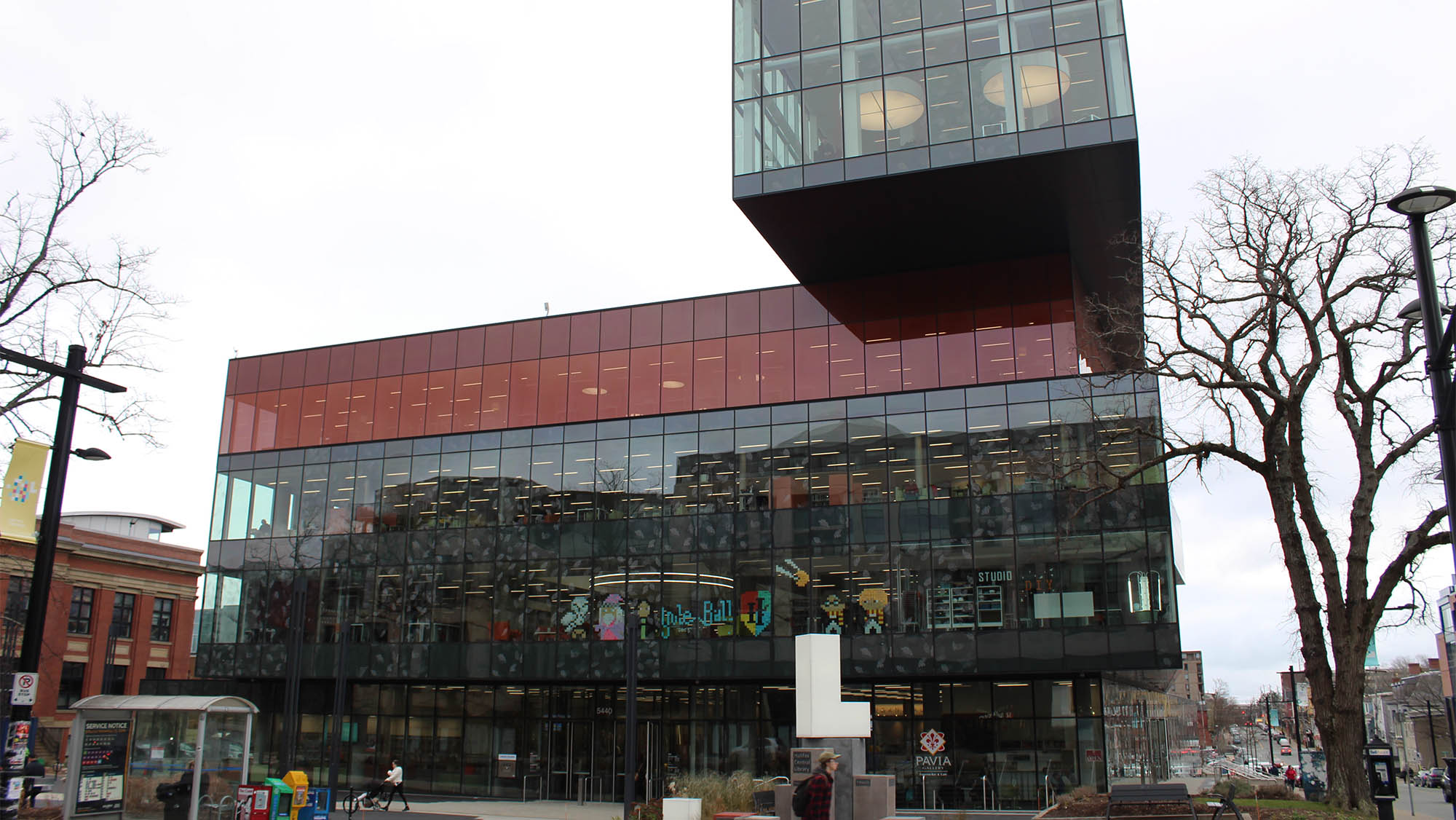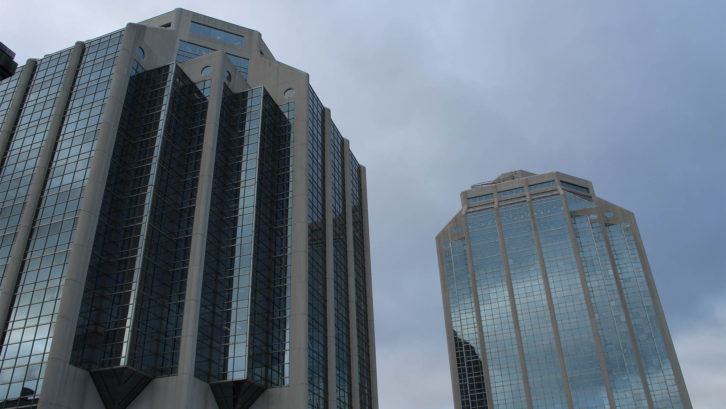Green buildings: how to reduce your carbon footprint
Architect says you can ultimately save money in energy costs

caption
The Halifax Central Library is LEED gold certified. The building uses transparent glass for natural light and harvests rainwater.Two experts in environmental architecture say homeowners and property builders in Halifax still have to do a lot of work to make the buildings in the city sustainable.
Environmental architecture is an approach to building that strives to reduce the negative effects that construction and operation of a building can have on the environment.
Elsa Lam, an architectural historian and editor of Canadian Architect Magazine, says buildings play an important role in understanding the climate crisis.
“There’s growing awareness of the climate crisis and buildings are a huge part of what’s led us to this point,” says Lam. “But they’re also a huge part of the kind of action we can take to address climate issues.” Related stories
In Canada, environmental architecture got its start in the smallest province. In 1975, architects Ole Hammarlund and David Bergmark built a bioshelter, a home mostly composed of transparent glass that can support its own ecosystem, in Spry Point, P.E.I.
Despite Canada’s promising start with environmental architecture, Steven Mannell, director of the College of Sustainability at Dalhousie University, says developers in Halifax have been hesitant to embrace it.
“In the last 10 years or so we have seen more energy conscious building happening,” says Mannell. “But it’s still a pretty small portion of the whole.”
He says for the most part, buildings in Halifax that were built in the 19th and 20th centuries were poorly insulated, which makes them high energy consumers.
Mannell wants to see a detailed audit of buildings in downtown Halifax to determine where their energy performance needs to improve.
He says Leadership in Energy and Environmental Design (LEED) works to determine the environmental impact of a building. LEED uses a set of rating systems for a building’s design, construction, maintenance and operation. LEED has four levels of qualification: certified, silver, gold and platinum.
The Halifax Central Library and Purdy’s Wharf are both gold certified and a condo complex in the north end called Q Lofts is platinum certified.

caption
Purdy’s Wharf is the first office complex in Atlantic Canada to receive LEED gold certification.Constructing and operating buildings are a major source of carbon emissions. According to the 2017 Global Status Report from the World Green Building Council, constructing and operating buildings accounts for 39 per cent of global carbon emissions.
Elsa Lam says there are steps developers and homeowners can take to make their buildings sustainable. For starters, she encourages people to build as small as they can.
“The smaller carbon footprint you have the less impact that architecture has,” says Lam.
This also means energy used to manufacture and transport building materials would be cut as well.
Lam says insulation is another area that can eat a lot of energy. She suggests building with a tight outer shell to trap heat in the winter and cold in the summer.
Lam says using the natural energy around the building is also important. This includes orienting the building to capture light and heat from the sun and using natural ventilation.
“You can use the natural environment to contribute towards the building rather than having to put energy into it,” says Lam.
She says the money put up front to build a sustainable building is made up as time goes on, and people will notice savings when they see their energy bills.
“As energy prices go up, you’re saving more and more,” says Lam, adding that these strategies can be applied to homes as well as larger buildings.
Lam’s sentiments are echoed by the Canada Green Building Council. In February, it released a study examining the costs that would be associated with choosing to build with the environment in mind. According to the study, if Halifax started to build every new building in an environmentally sustainable way, the city would see a nine per cent increase in capital costs, but it would save 36 per cent in annual operating costs, and 87 per cent in annual emissions.
Lam and Mannell are giving people a chance to learn about sustainable architecture and the ways they can implement it in their own homes and businesses at a lecture at the Halifax Central Library on Thursday.
Lam hopes people will take the tips from the lecture to heart and realize they can make a difference.
“Both architects and non-architects can be working to advance environmental architecture,” says Lam.
About the author
Jakob Postlewaite
Jakob Postlewaite is a fourth-year journalism student at the University of King's College. He has worked as a columnist and reporter for the...
